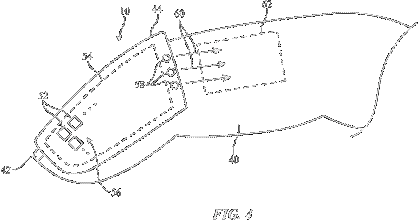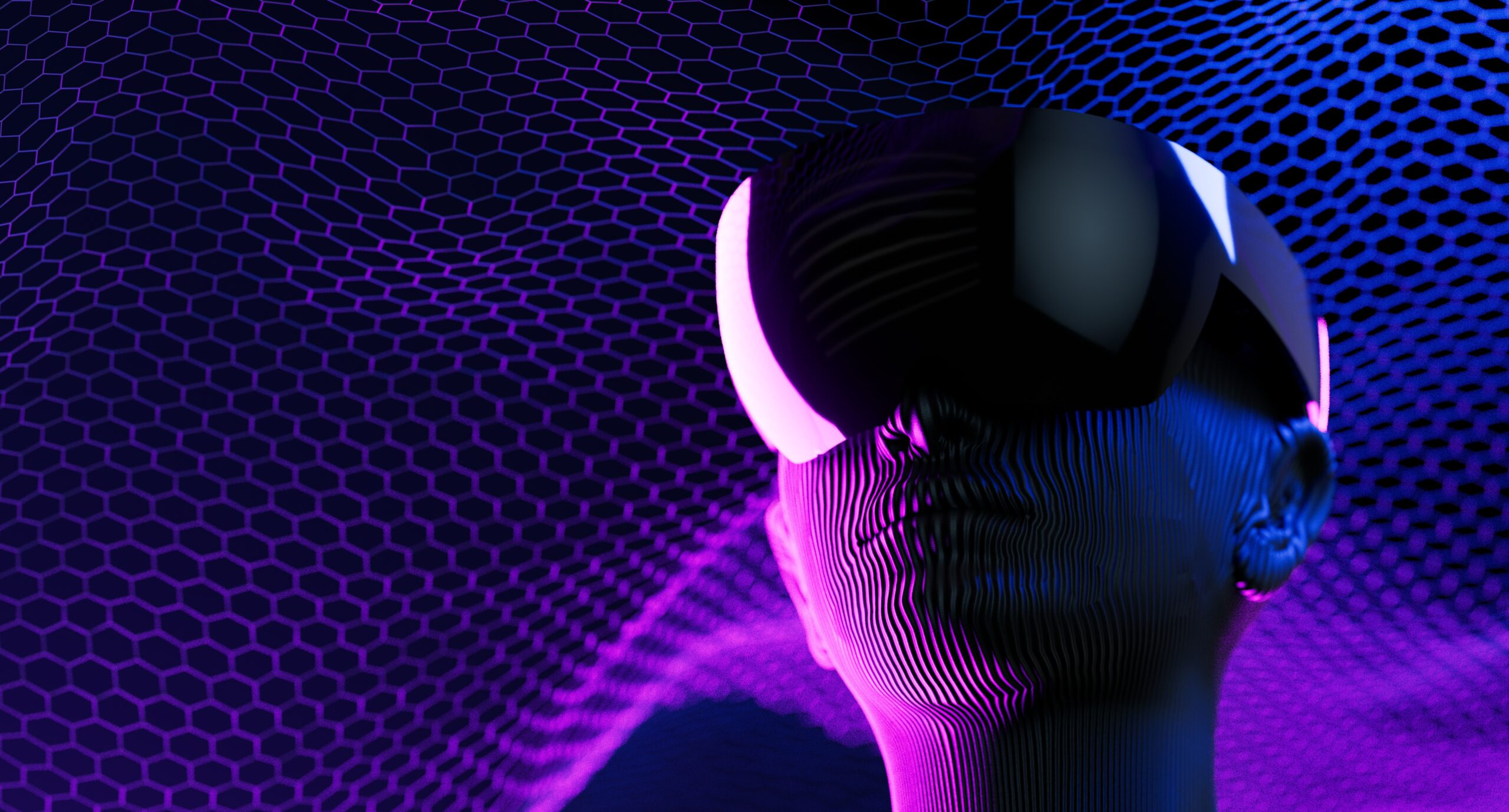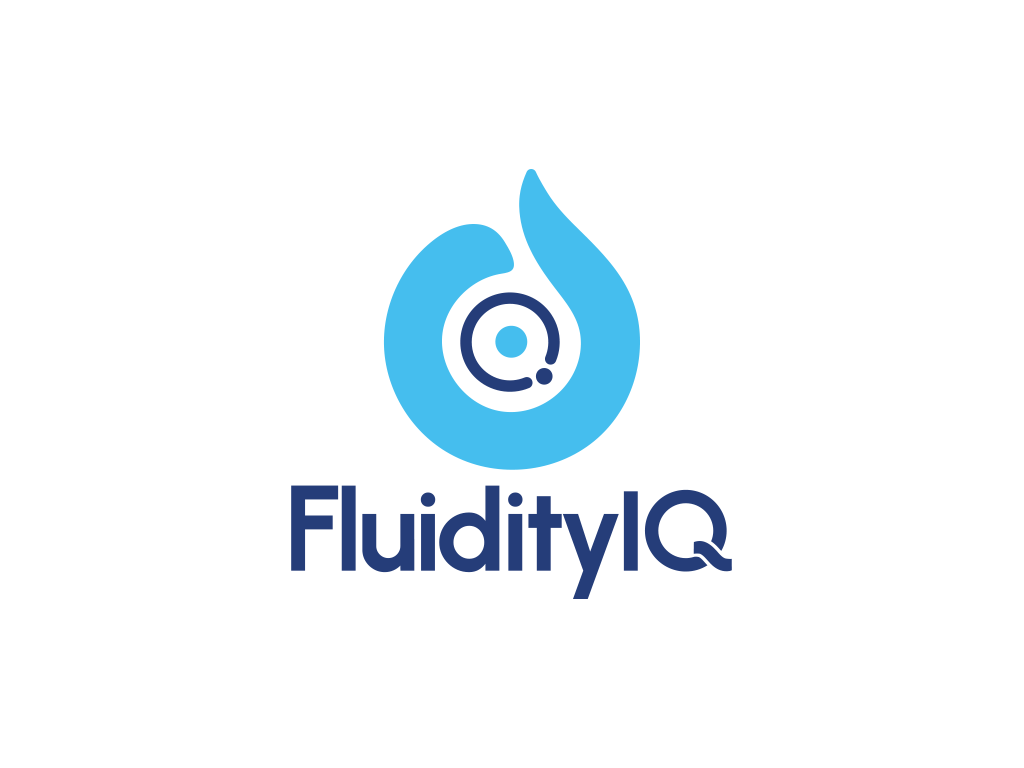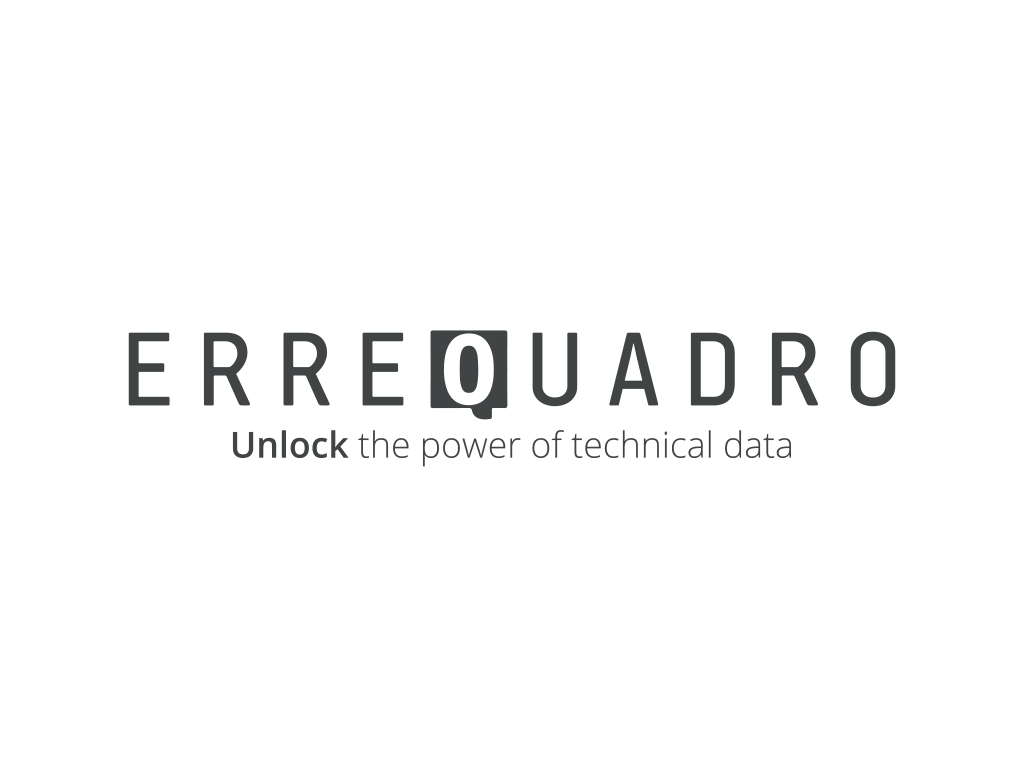Last year, the notion of a metaverse appeared to burst onto the scene out of
nowhere. But a recent analysis of patent applications and grants by IFI’s
Barcelona-based partners at IALE Tecnología, a consulting firm specializing in
the detection and analysis of emerging innovation, shows that over the past five years, companies have steadily been amassing patent positions
that will help them stake their claims in this promising
new frontier called the metaverse.
The wondrous world of the metaverse
Understanding something that doesn’t yet exist in its fullness is no easy task. For all the recent buzz around the metaverse, the implementation of this ecosystem that blends both real and digital worlds with help from augmented reality technologies is still in its formative years. But the term and concept of a metaverse is nothing new: you might have only just heard of the metaverse recently, but it was first coined 30 years ago by futurist author Neal Stephenson in his book Snow Crash. In the early aughts, there was Second Life, a popular multi-player video game that had users creating avatars, which interacted in a virtual world. Second Life, a forerunner to the metaverse, was all the rage for a while, but flattened out over time.
The computing world is entering the next big era of the internet—a.k.a. Web 3.0—at a moment in history when meeting in virtual spaces is becoming ever more accepted and the idea of transacting in crypto takes shape as having a place in this future (current market rout notwithstanding). As with any technology in the cradle, there will be starts and stops, pivots and shake-outs. The initial metaverse hype has settled down, and now businesses are grappling with how to build it out and how to invest their resources in an increasingly challenging economic environment.
Nobody can say what the prospects of the metaverse will hold or how far out in the future it will fully materialize. Still, companies see the opportunity and are placing wagers now. Investment bank Citi recently predicted a metaverse market at between $8 trillion and $13 trillion by 2030, with some five billion users. Banks JPMorgan Chase and HSBC now have footprints in the metaverse. And, of course, late last year, Facebook rebranded itself as Meta, an unmistakable indication of where CEO Mark Zuckerberg sees the future of the social media company. But while the opportunity may be enormous, figuring out how to make money during the development stage is another story; profits are further down the road. Case in point: Roblox, a game platform company, has millions of users playing in its metaverse but hasn’t yet posted any earnings.
One of the best predictors of who the frontrunners are in any nascent technology is patenting activity. That’s why IFI CLAIMS, the industry’s most trusted patent data provider, asked the team at IALE Tecnología, which helps R&D centers evaluate the competitive intelligence around their technology, to take a look at the invention landscape around the metaverse.
But first a note on patents in the metaverse space: Patent professionals generally use established patent classification systems to restrict searches within specific technologies. Currently, there are no existing classifications specifically associated with metaverse technologies because the area is still in its infancy, and as such, is vague. That said, there is a convergence of various technologies forming this future paradigm of living, working, socializing, and transacting. IALE’s CEO and patent whiz, Enric Escorsa led the review by looking at technologies in both wide-ranging (computing, games) and narrow (cyberspace, virtual economy, human-computer interaction) classification areas. Escorsa tailored a query using a series of key words and defining concepts around the metaverse, as it exists at this time. As such, the search he created is more subjective than most patent searches. His findings, nonetheless, are eye-opening.
Below are the highlights.
Metaverse rising
Innovation in the metaverse space is increasing. Over the past five years, patent applications and grants containing metaverse-related concepts have been mounting as companies vie to take their places on this new stage. Patent applications include everything from hardware and software designed to represent real items in a virtual world to 3D projections without use of goggles to recognizing human behavior. One of the buzzier patents in the past few years: Nike’s CryptoKick sneakers, which uses blockchain to connect the wearable shoe in the real world with the digital representation of the shoe in the virtual world (worn by your digital twin, naturally).
Evolution of Metaverse-Related Patents
Companies staking their metaverse claims
New horizons can inspire a rush for gold, and the metaverse appears to be the next big internet thing. Over the past five years, according to the analysis, Microsoft has made the biggest attempt to fill the metaverse patent white space. The company has been protecting inventions in Al around human memory, virtual assistants in augmented reality, and holographic augmentation, among others. Microsoft's sprint into the metaverse is no secret: In the company’s January announcement of its acquisition of Activision Blizzard, the maker of immersive, interactive games like Call of Duty, it cited the “building blocks for the metaverse” as one of the primary reasons for its nearly $70 billion purchase.
Top Current Applicants in the Metaverse

Companies creating the metaverse
Breaking down the number of patent publications by year for each company shows the evolution of the intellectual property pathway that a company is pursuing, It also indicates which companies are pushing forward and which might be running into obstacles or petering out. According to the chart below, Microsoft, Samsung, and Magic Leap have been committed and steady investors for years in augmented reality technologies. Facebook (now Meta), IBM, Baidu and Adobe have increased their patent activity in metaverse technologies more recently.
Evolution of Top Current Assignees in the Metaverse
Prevalent patent classifications in the metaverse
Tracking patent classifications—the hierarchical system of codes used to categorize invention—is equally instructive in determining the direction of metaverse development. Some of the top technology hotbeds in this area involve recognizing patterns, manipulating 3D models, head-mounted optical devices, and interactions with the human body. Other small but budding areas of metaverse patenting include 3D animation of characters and terrestrial scenes.
Evolution of Technologies
Top patent codes filed by companies pursuing the metaverse
Confining our search to the top companies patenting in the metaverse space, we combed our database for the top five codes under which each company is filing patents. What this tells us? The areas of tech focus inside each company and the strategies they are employing to stake and fill the patent white space. Microsoft and Meta, for example, are positioning themselves in 3D computer graphics and interface arrangements. Magic Leap is patenting in the area of optical devices and elements. Samsung is making strong Al moves along the lines of pattern recognition, neural networks and machine learning, along with image and video information extraction. Sony has been bringing together gaming systems with financial rewards, while Intel has been emphasizing animation. And Disney is covering many metaverse bases, including optical systems and holograms.
As patent filings grow rapidly in metaverse areas, it also bears mentioning, at this stage, that there are companies that may not be at the top of the numbers stack right now, but they are inventing in exciting and potentially disruptive ways. A company called Holovisions, for instance, is inventing around advertising using holographic technology. Ultraleap has been developing hand tracking and haptics technologies. And Trigger is patenting around mixed reality solutions in order to bring characters and brands into the metaverse.
Microsoft
Samsung
Magic Leap
IBM
Disney
Verizon
Adobe
May I have your holograph?

Crypto and the metaverse
Cryptocurrency—Bitcoin, Ethereum, Litecoin are just three coins of thousands— is a very different thing from the metaverse, but the two are developing in tandem. Today, much of the metaverse is focused on video gaming. But consider that a fully developed metaverse is a three-dimensional immersive world jam-packed with augmented real life experiences that your avatar can participate in: buying real estate, for instance, or meeting with colleagues in the office to lay out a project; shopping for clothes and food, having friends in your living room to discuss books or drink wine. Such a universe includes an economy, and an economy requires a currency for transactions. Crypto, underpinned by blockchain technology, will fill that need in the digital space.
To the right is a chart of classifications used in patents that combine metaverse technologies with crypto and blockchain. Most of these inventions combine mixed reality with machine learning algorithms and social networking.
Top Technology Areas in Crypto and Metaverse-Related Patents
Hover over any bar to see the definition of its CPC code
IALE Tecnología is a consulting firm that helps technologically innovative organizations understand their position in the competitive landscape. Through such products as Technology Watch and Competitive Intelligence, IALE offers innovation management, creator analysis, design, and R&D solutions for public and private companies seeking to map out and recognize the opportunities and threats in their emerging technology lines. For more information, visit https://www.ialetecnologia.com.
Disclaimer
The top applicants were determined based on the current owners of patented technologies. Although considered in our research, companies related to the listed current owners (such as Meta Platforms Inc, and Samsung Display Co) appeared lower on the top applicant list in terms of current patent ownership.
Learn more about how IFI determines current ownership and how to search at the Ultimate Owner level.
References
- The creator of Second Life has a lot to say about all these new ‘metaverses’ (2022-04-01)
https://www.pcgamer.com/second-life-metaverse-interview/ - Intel thinks the metaverse will need a thousand-fold increase in computing capability (2021-12-15)
https://www.theverge.com/2021/12/15/22836401/intel-metaverse-computing-capability-cpu-gpu-algorithms - People Are Paying Millions For Land in the Metaverse. Here’s Why (2022-03-24)
https://www.cnet.com/personal-finance/people-are-paying-millions-for-land-in-the-metaverse-heres-why - Metaverse’s $80 billion ETF assets by 2024 virtually a reality (2022-02-22)
https://www.bloomberg.com/professional/blog/metaverses-80-billion-etf-assets-by-2024-virtually-a-reality/ - The Metaverse: What Is It, and 5 Different Ways Companies Can Utilize Metaverse (2022-03-30) https://www.ishir.com/blog/41596/the-metaverse-what-is-it-and-5-different-ways-companies-can-utilize-metaverse.htm
- All One Needs to Know about Metaverse: A Complete Survey on Technological Singularity, Virtual Ecosystem, and Research Agenda (2021-09)
https://arxiv.org/pdf/2110.05352.pdf - The meaning of the ‘metaverse,’ and all the terms you need to understand it (Quartz, 2021-11)
https://qz.com/2089665/everything-you-need-to-know-to-understand-the-metaverse/ - This 29-year-old book predicted the ‘metaverse’ — and some of Facebook’s plans are eerily similar (2021-11-03)
https://www.cnbc.com/2021/11/03/how-the-1992-sci-fi-novel-snow-crash-predicted-facebooks-metaverse.html - Metaverse and Money: Decrypting the Future (2022-03-30)
https://icg.citi.com/icghome/what-we-think/citigps/insights/metaverse-and-money_20220330 - HSBC, JPMorgan lead global banks into metaverse with gaming, immersive experiences as consumer preferences shift (2022-04-06)
https://www.yahoo.com/video/hsbc-jpmorgan-lead-global-banks-093000995.html - Founder’s Letter, 2021 (2021-10-28)
https://about.fb.com/news/2021/10/founders-letter/ - Roblox is one of the biggest metaverse success stories. So why hasn’t it turned a profit? (2022-06-03)
https://fortune.com/2022/06/03/roblox-gaming-ecosystem-metaverse-stocks-profit/ - Nike now holds patent for blockchain-based sneakers called ‘CryptoKicks’ (2019-12-10)
https://thenextweb.com/news/nike-blockchain-sneakers-cryptokick-patent - Microsoft to acquire Activision Blizzard to bring the joy and community of gaming to everyone, across every device (2022-01-18)
https://news.microsoft.com/2022/01/18/microsoft-to-acquire-activision-blizzard-to-bring-the-joy-and-community-of-gaming-to-everyone-across-every-device/




